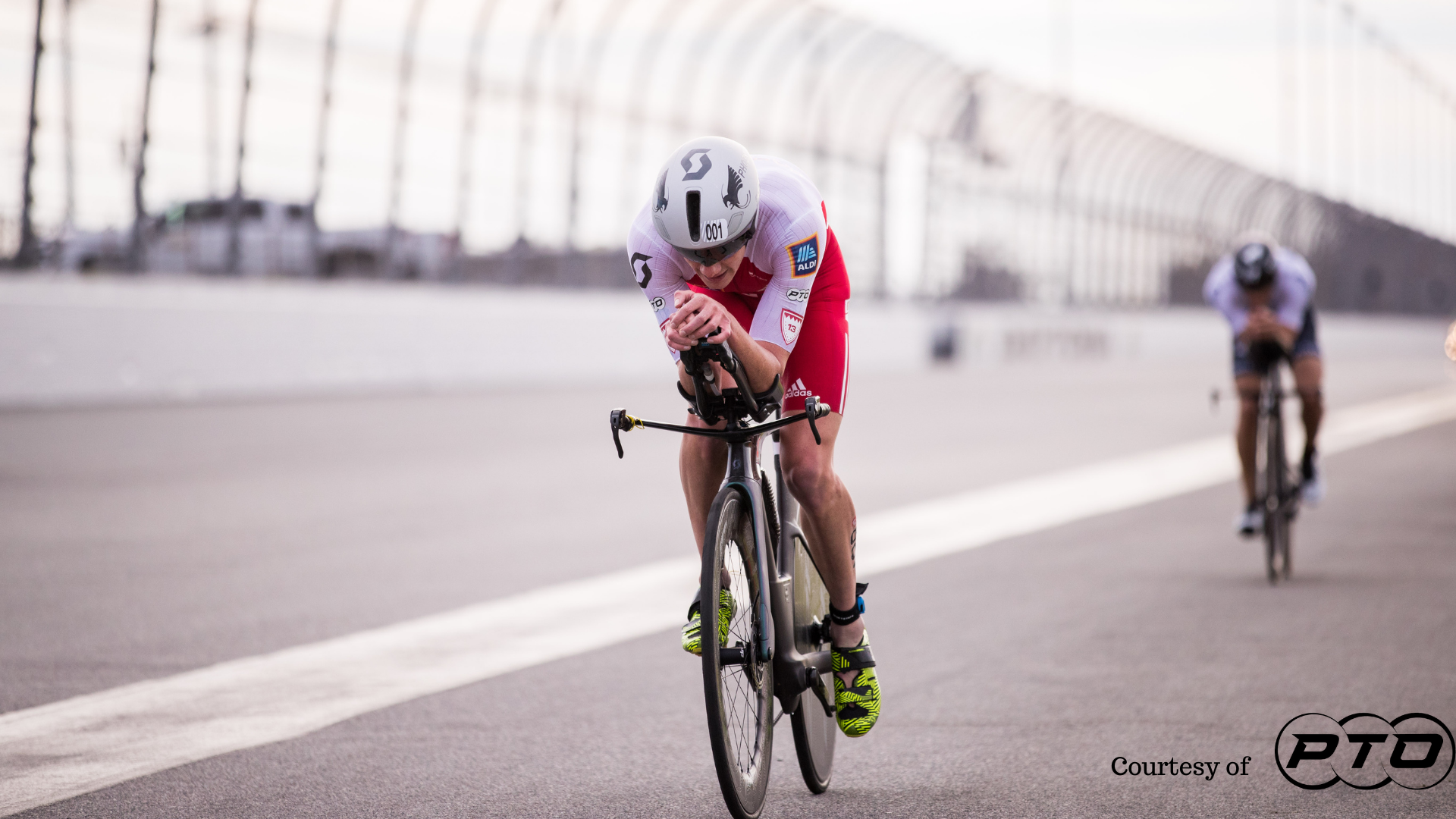What is it?
Aerodynamic testing is an assessment of your aerodynamic drag. Drag can be influenced by any of the following and more:
- Body Position
- Helmet
- Wheels
- Skinsuit
Why is it important?
Aerodynamic drag is one of the main resistive forces slowing you down while pedalling. Reducing your aerodynamic drag can have a significant impact on the cost and effort required to achieve and maintain speed. Drag becomes an increasing important, factor the faster you go. Your overall aerodynamic drag is known as the co-efficient of aerodynamic drag (CdA). There are many opportunities for you to reduce your CdA and achieve greater speed for no increase in power output or effort.
How much can you save?
Let’s use an example of a rider going at 36km/hr pedalling a constant 220W on a flat course. We assess this rider to see that he has a CdA value of 0.28 which is a typical Ironman value. By improving their CdA value by 10% to 0.25 the rider can now expect to travel at 38.3km/hr. Over a half Ironman distance of 90km, this is a time saving of nearly 9 minutes. This change in CdA is a relatively small improvement which can be achieved simply with equipment selection.
How to find your CdA?
CdA is normally assessed in a stable environment such as a wind tunnel and for years this was the gold standard assessment. A complex process of calculations are needed to take into consideration air density and many other factors. The problem with wind tunnel testing is that, while it is accurate, it does not quite translate to the real world. Holding specific positions might allow certain equipment to test a lot better than they would outside. When we ride the bike we move around a lot more to see what’s in front of us. It becomes extremely hard to stay so perfectly positioned. In addition aggressive positions may be a lot more fatiguing or may impact your ability to pedal as hard. There is a balance between aerodynamics, comfort and efficiency.
The Notio Aerometer allows you to test outdoors, in variable conditions riding the way you would ride in your race. The device collects all necessary variables to be processed later through software which can give an extraordinary level of accuracy. Small changes between posture can be detected using the device. At the end of a test run you will see what you’re average CdA was for the recorded interval. Comparing intervals with different positions and equipment will show what options are the fastest and most effective.

What is involved?
The test day involves a number of test runs to collect enough data to make sure you have an accurate assessment. There will always be some variance between tests so multiple runs are essential to eliminate any coincidence and ensure significance.
The session will start with a 15 minute warmup to ensure the bike is set up correctly and you are prepared to complete your test runs. These runs will be completed at between 80-90% of FTP effort so as to replicate a close to race effort.
Once your warm up is completed you will complete an out and back test run lasting between 4-8km total. You will have adequate rest between each test run.
Generally it is best to test only one or two pieces of equipment per session as the more test runs you complete the more accurate your results will be. Two to three test runs will be required to assess each change.
Sessions last between 2-3hrs. I don’t recommend any more than this per session as fatigue will soon start to impact the test.
Once these runs are completed, assessment and calculation will be made via software so you can see the changes and understand the possible time savings for each.
Test days are subject to favourable weather conditions and a suitable course. Unstable conditions reduce accuracy and undermine the test.
To book your test session click here!
What you can expect?
Typically the obvious changes we expect to be beneficial are:- A TT Helmet will be faster than a road helmet and a Disc wheel will be faster than a regular wheel. There is no need to test the obvious.
Where this testing is useful, is assessing which TT helmet suits you best, which position saves time or which depth of wheel is right for you. With so many options out there, the marketed improvements cannot always be taken for granted, as you may have a very different individual result with some things. If you need to make an educated choice between some of your equipment options or want to know what position is most effective then this testing will allow you do that.
Some things are more obvious than others but you can get quite a surprise between some of your equipment or a slight change in head position!
See a recent validation study here!
Don’t forget to sign up to my newsletter so that you don’t miss out on new articles or offers.
[yikes-mailchimp form=”1″]
